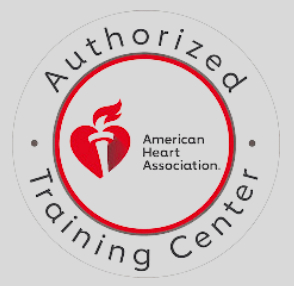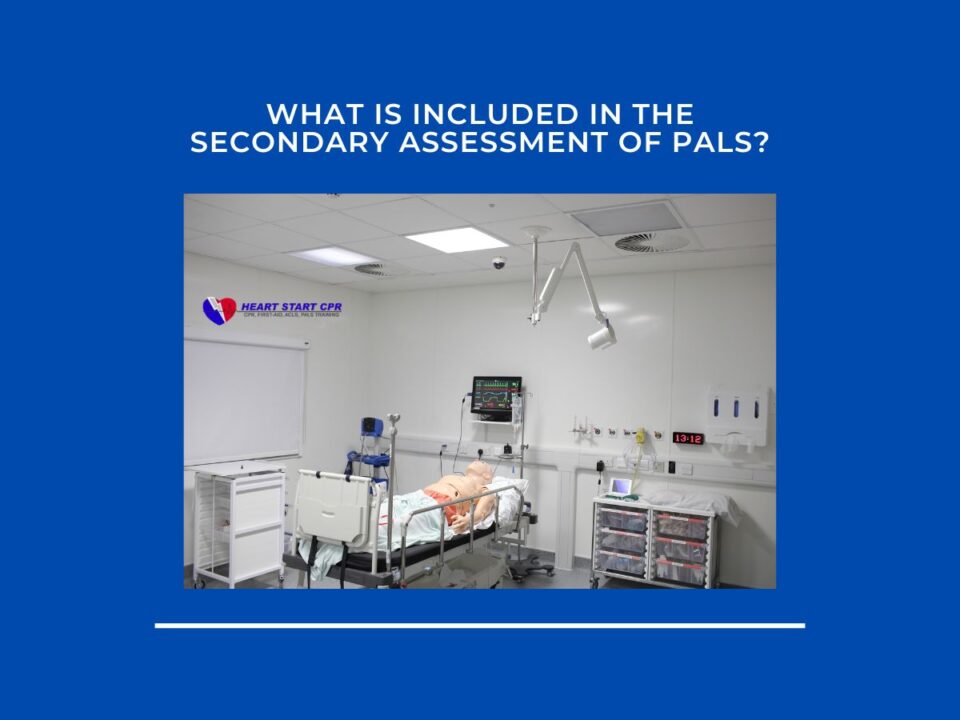
BLS vs CPR- What’s the Difference?
May 23, 2024
How Can You Achieve a High Chest Compression Fraction?
May 23, 2024Cardiac arrest is a life-threatening medical emergency that occurs when the heart stops working properly. In these situations, CPR (cardiopulmonary resuscitation) is initiated to try and restart the heart and restore blood circulation to vital organs until definitive treatment.
During CPR, end-tidal carbon dioxide (EtCO2) monitoring is routinely used to help guide resuscitation efforts. EtCO2 is the amount of carbon dioxide exhaled in the last portion of an exhaled breath, and it provides insights into the effectiveness of chest compressions. This article will discuss the main determinant of EtCO2 levels during CPR and how it can help optimize resuscitation outcomes.
What is EtCO2?
Carbon dioxide (CO2) is a byproduct of cellular metabolism. It is carried in the bloodstream from the tissues to the lungs, where it is exhaled. EtCO2 measurement uses a capnograph – a device that analyzes exhaled breath – to determine the CO2 concentration at the end of exhalation.
In a normally functioning circulatory system, EtCO2 levels closely correlate with arterial partial pressure of carbon dioxide (PaCO2). During cardiac arrest, blood flow and gas exchange are disrupted. But EtCO2 still provides a noninvasive window into the effectiveness of CPR chest compressions at supporting some degree of circulation and oxygen delivery to tissues.
How Does EtCO2 Relate to CPR?
EtCO2 monitoring helps rescuers determine if chest compressions are adequate or require adjustment. Here are some of its main uses in guiding CPR care:
Assessing Compression Quality
An initial EtCO2 reading establishes a baseline. If it remains low (<10 mmHg), compressions are likely suboptimal and need improvement through retraining or ensuring full chest recoil between compressions. Gradual rise signals improving perfusion from stronger compressions.
Surrogate of ROSC
Most patients achieving ROSC will have an EtCO2 >10 mmHg. Abrupt spike is suggestive of ROSC. EtCO2 gives rescuers an early noninvasive indicator of meaningful circulation return before rhythms can be assessed.
Feedback on Resuscitation Changes
Adjustments like switching compressors, providing ventilation or drugs are evaluated by monitoring EtCO2 response. A rise provides reassurance the change is having a positive influence on CPR effectiveness. No change prompts reassessment.
Prognostic Information
In general, a low and unchanging EtCO2 despite ongoing compressions suggests a poor prognosis. Readings >10 mmHg after 20 minutes of resuscitation are encouraging prognostic signs. But resuscitation should still continue according to guidelines.
What is the Main Determinant of EtCO2 During CPR?
The main determinant of etCO2 levels during cardiopulmonary resuscitation is the quality and effectiveness of chest compressions. Proper chest compressions drive oxygenated blood from the heart to the lungs. This allows for gas exchange of carbon dioxide between the blood and lungs. Higher quality chest compressions lead to improved blood flow throughout the body, including to the lungs. Better perfusion of the lungs enables more carbon dioxide to transfer from the blood into the air that is exhaled.
Some key factors that specifically influence the quality of chest compressions and subsequent etCO2 levels include:
- Chest compression rate: Chest compressions should be performed at a rate of 100-120 compressions per minute according to American Heart Association guidelines. Slower or faster compression rates can reduce effectiveness.
- Chest compression depth: Compressions should depress the sternum at least 2 inches but no more than 2.4 inches for an adult. Insufficient depth does not fully pump blood from the heart.
- Allowing full chest recoil: After each compression, the chest wall must be allowed to fully return to its normal position to maximize blood flow into the heart.
- Minimizing interruptions: Chest compressions should be given continuously with no pauses except to provide breaths or switch rescuers. Interruptions lead to reductions in blood flow.
- Chest compression fraction: Rescuers should achieve a chest compression fraction of at least 60%, meaning chest compressions occupy 60% or more of the total CPR time.
Conclusion
Monitoring EtCO2 levels provides vital information to guide resuscitation efforts and optimize chest compressions during cardiac arrest and CPR. The primary determinant of a patient’s EtCO2 reading is the effectiveness of chest compressions in generating blood flow to oxygenate tissues and produce carbon dioxide. Achieving good compression quality with adequate rate, depth, recoil, and minimizing interruptions supports higher EtCO2 values linked to improved outcomes. Capnography effectively tracks EtCO2 as an important resuscitation parameter during CPR.






